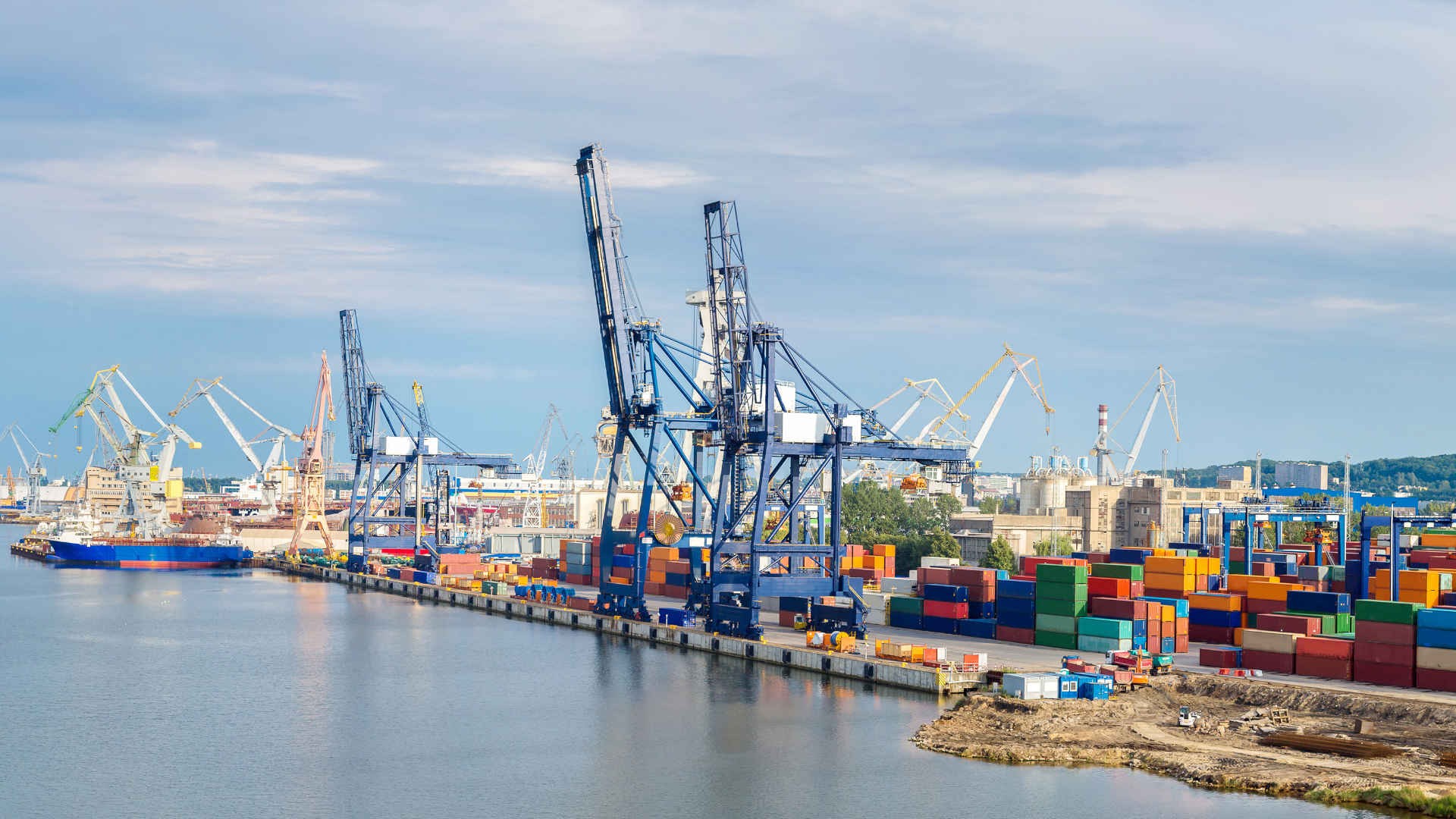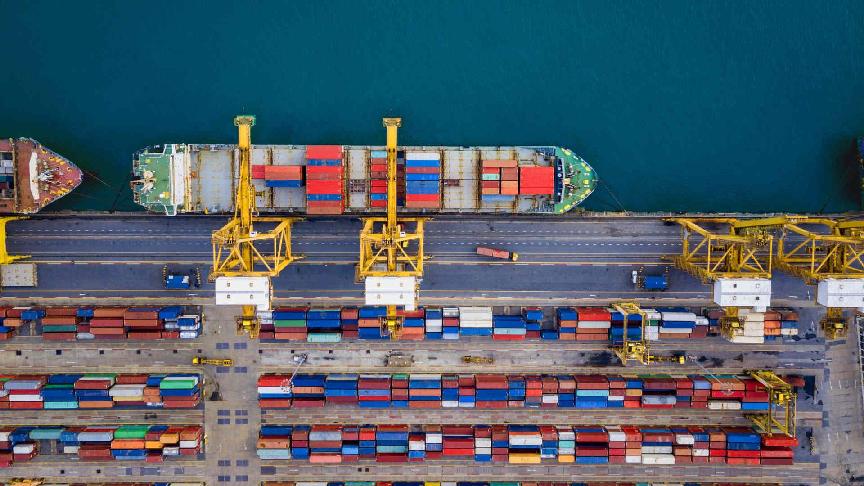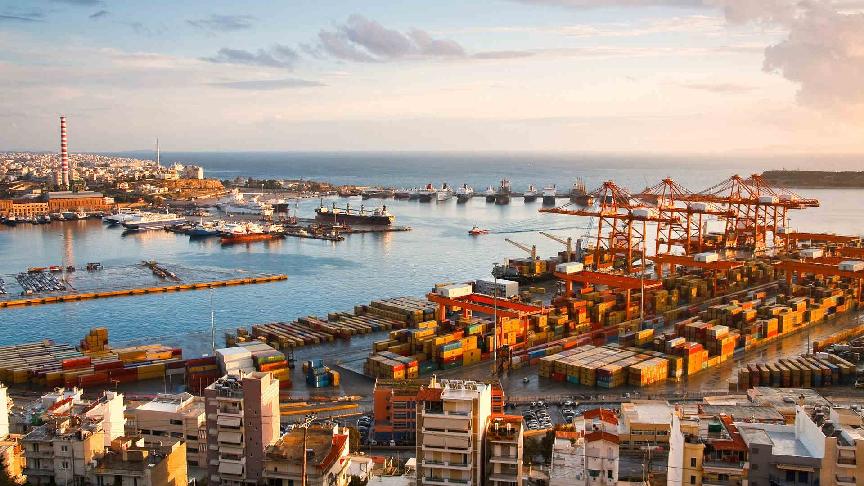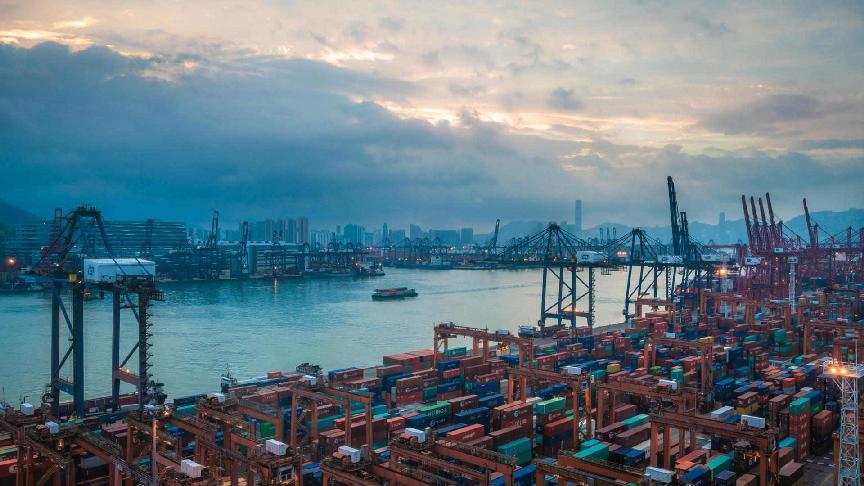by Manal Barakat, SeaNewsEditor
THE Polish Ministry of Infrastructure has announced renewed plans to develop a deepwater container terminal on the Baltic Sea near the German border.
Located at Swinoujście, near Szczecin, the so-called Pomerania Cape will feature a 3 km quay (1.3 km of which will be for the container terminal), and 17 metre draught and a transhipment capacity of 2m teu per year.
A ministry announcement said the port will be “significantly larger than planned” and will be built solely by Polish entities.
Deputy minister for infrastructure Arkadiusz Marchewka said the plans had been renewed “because the previous one was flawed, lacked guaranteed funding and was delayed” and called the project “the most ambitious project in the 75-year history of the Szczecin-Świnoujście Seaports Authority (ZMPSiŚ)”.
ZMPSiŚ will deliver both the marine and land infrastructure, after a member of a Belgian-Qatari consortium failed to meet financing obligations.
Marchewka said the world’s largest containerships would be able to call at the port, “ensuring Poland’s budget revenue for decades”.
“This investment will strengthen our country’s security and Poland’s presence at sea,” he said.
Built east of the existing LNG breakwater, the container terminal will become a “transhipment hub”, the ministry said, serving the hinterland of Central Europe.
When complete, the terminal will be able to berth three vessels simultaneously, including two 400 m vessels. Crucially, the ministry specified the port would serve both civilian and military functions.
Featuring shore power and zero-emission infrastructure, the cost of the project could be as much as PLN1.5bn ($404m).
A further $1.9bn has been put aside to deepen the approach fairway, build a new port basin as well as developing land infrastructure supplying the port, including two 3 km rail tracks.






